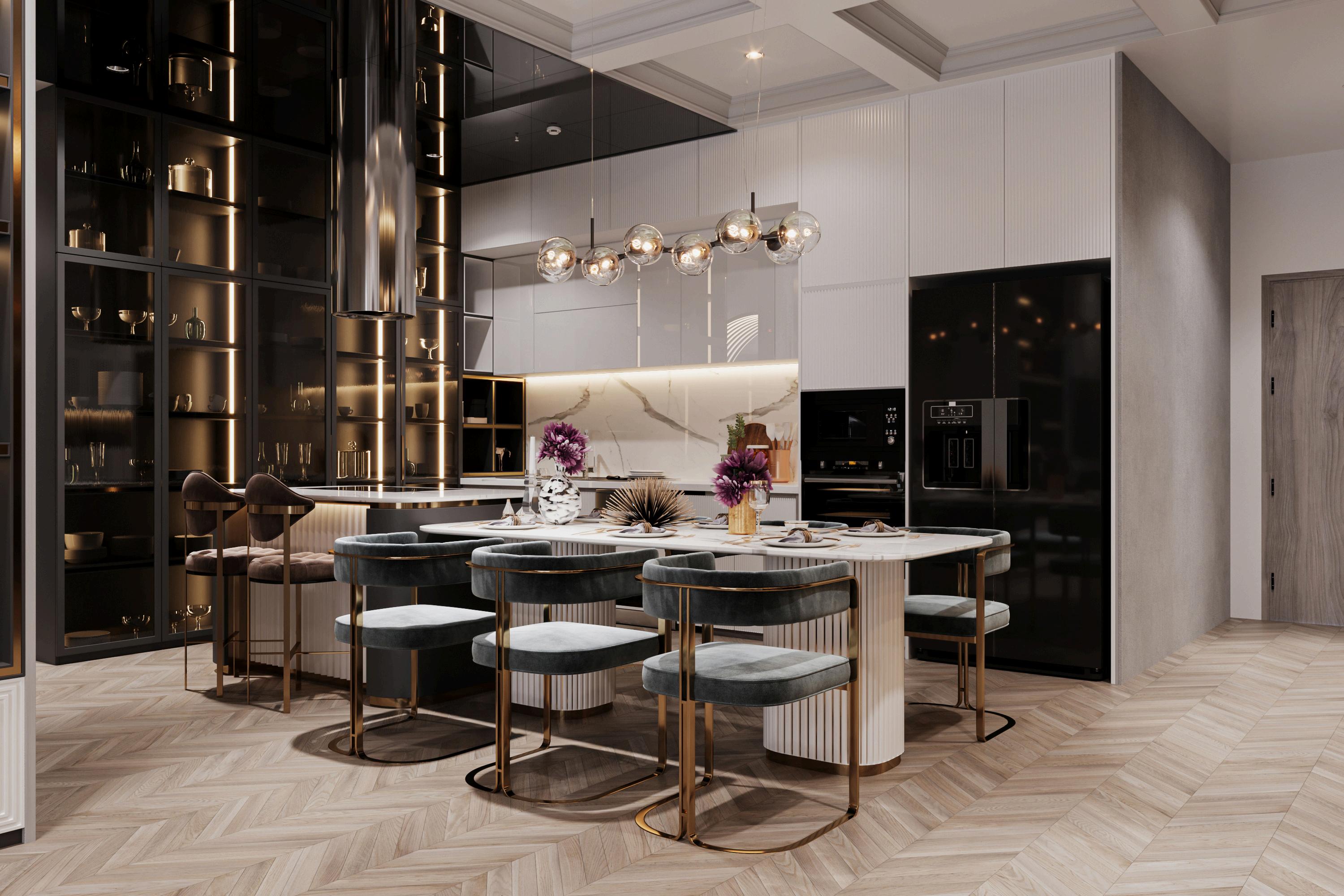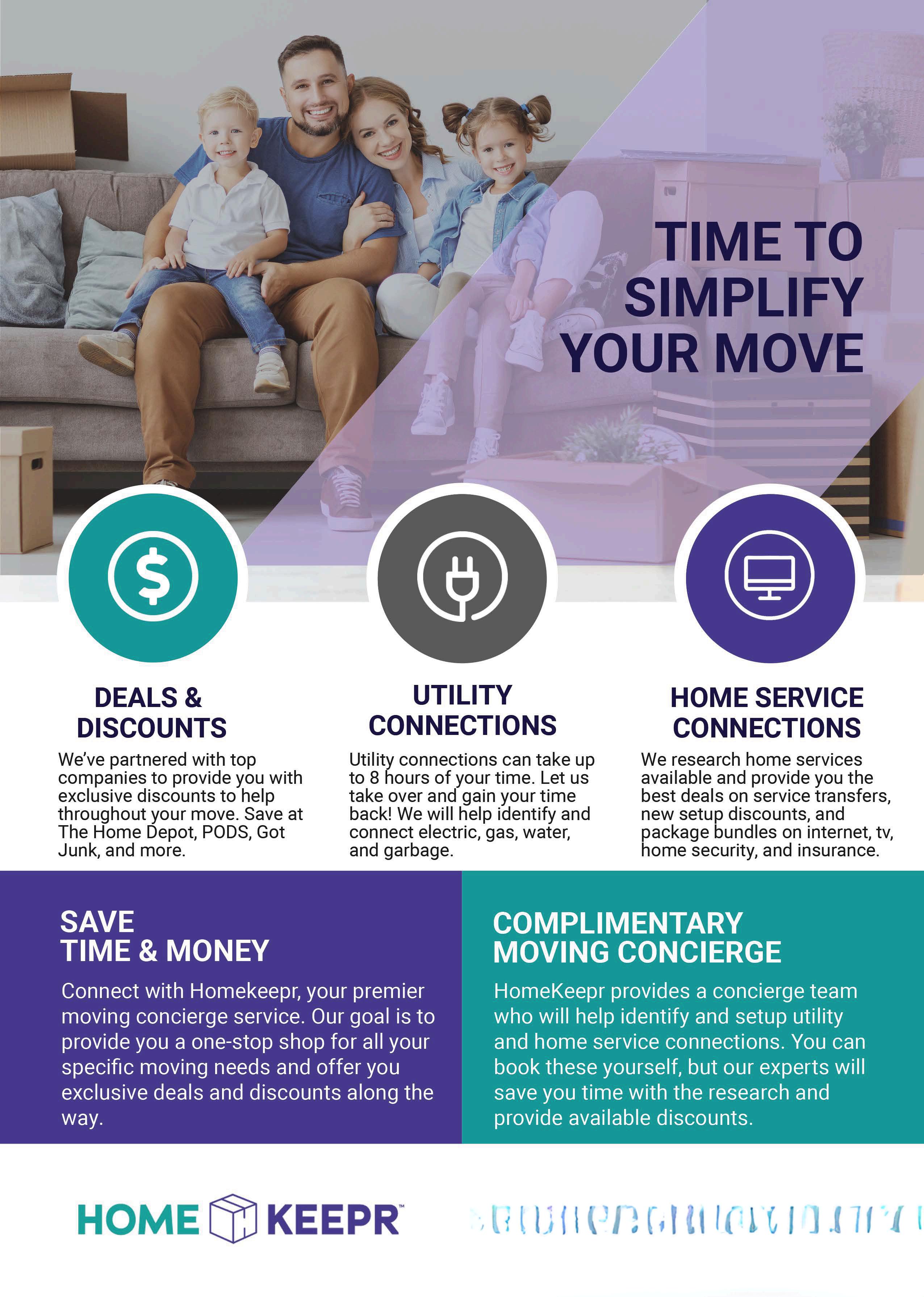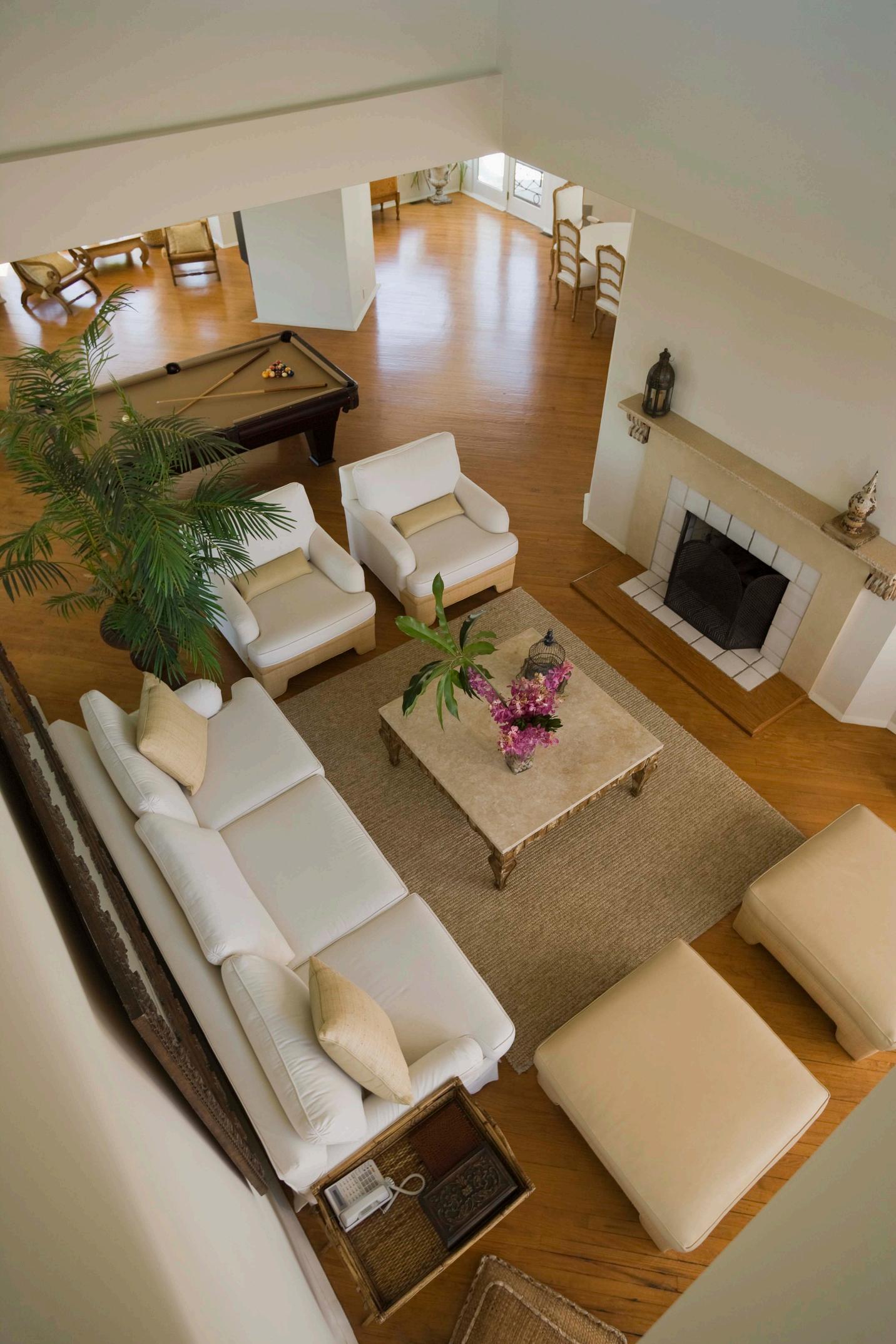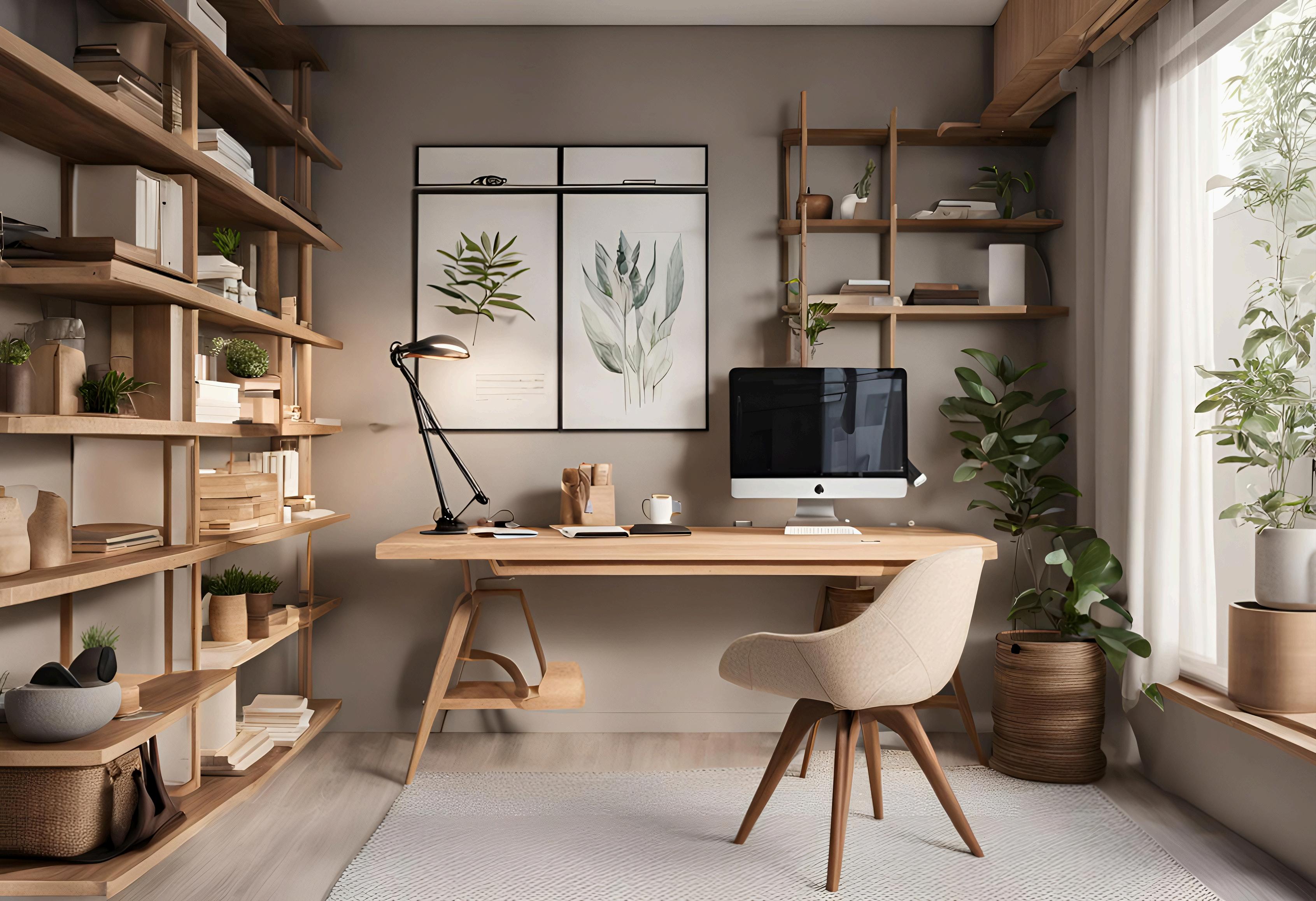











Believe it or not, almost 80% of first-time homebuyers qualify for down payment assistance, but only 13% actually use it And if you’re hoping to buy a home, this is a mission-critical gap to close – fast (click on the graph below):


Here’s what you need to know to make the most of your down payment in today’shousingmarket.
Forfirst-timebuyers,thenameofthegamewithdownpaymentsismaking sure you’re taking advantage of all the resources out there designed to helpyou.Andabunchofthemcangetyoutoyourgoalfasterthanyoumay havethoughtpossible.
For example, there are loan options that require as little as 3% down, or even 0% for certain qualified borrowers, like Veterans. And let’s not forget down payment assistance, like grants and other opportunities, that helpyoucovertheupfrontcostofyourdownpayment
If you’re interested in exploring those options and what you may be able to use to your advantage, connect with a trusted lender Because if you don’t at least see what’s available, you could be leaving money on the table and missing your chance at buying a home. These resources can boost your down payment. And a higher down payment could help lower your eventual monthly mortgage payment, and even avoid or reduce your fees like privatemortgageinsurance
TTalk to a lender to figure out where you stand today and how to access the resources you may qualify for. Because help is out there, you just need to work with a pro to take advantage of it.
There’s one more thing to address. News coverage has been talking about how the typical down payment is rising. A report fromRedfinstates:
“The typical down payment for U.S. homebuyers hit a record high of $67,500 in June, up 14.8% from $58,788 a year earlier . . . This was the 12th consecutive month the median down payment rose yearoveryear”
But don’t let those high dollars scare you. Just because the average down payment is rising doesn’t mean down payment requirements are going up That’s a key piece of the puzzle to understand It’s really just because people are choosing to put more down to try to offset higher mortgage rates, and current homeownerswhoareputtingtheirequitytoworkareusingthatto increase their down payment on their next home As HousingWire explains:
“ buyers are putting down a higher percentage of the purchase price to lower their monthly mortgage payment. And buyers also had more equity from their home sales, which gives them more cushion”
Let’sbreakthosetworeasonsdownabit:
1. A bigger down payment helps lower your monthly mortgagepayment.Affordabilityhasbeenachallengeformany buyers recently, which is why those who have the ability to make a biggerdownpaymentaregoingtodosoinanefforttolowertheir futurehousingcosts.
2. Buyers who already own a home have a record amount of equity to leverage. Someone who bought a home a few years ago has gained a significant amount of value in their house, thanks to home price appreciation. These people can put down much more than the average first-time buyer who hasn’t owned a home yet










Havingnoshortageofsquarefootagetoworkwithcanseemlikeadesign cheatcode withoutspaceasarestriction,stylingyourdreamlargeliving roommustbeacinch,right?Notsomuch.Asanydesignercanattest, designinglargespacescomeswithitsownhostofchallenges Luckily,there areplentyoflargelivingroomideasthatcanhelpyousolvethistrickytask
If you love the concept behind a retro conversation pit, you can design a contemporary version with smart seating arrangements Opt for an extra large, L-shaped sectional, and create a full square by adding seating armchairs and bench seating to the two “open” sides
Your living room doesn’t have to be entirely designed around one focal point; instead, think about creating furniture groupings For example, pair a leather sofa with a round, brass coffee table, while two modern armchairs sit between a small cocktail table.
It’s true that sometimes two is better than one especially when it comes to living room seating. Matching sofas provide plenty of comfortable seating while making a space effortlessly cohesive The key to preventing this design from looking too cookie-cutter is to add playful details through texture and pattern, like graphic throw pillows and a burl wood table

If your living room has a fireplace, it might feel most natural to arrange the space with this feature as a central focal point But sometimes, the most exciting decisions are the least obvious. Setting the sofa against the wall not aligned with the mantel on the opposite side of the room keeps this space feeling open and fluid, as it works with, and not against, the architecture of the home
When it comes to your living room seating, it can be helpful to think in threes: a large sectional sofa, a plush armchair, and a dynamic accent chair are all you need to create a stylish arrangement Stick to a color palette to unite the pieces and pull the space together with a large coffee table at the center of the space.
6. Calm Monochrome
In an already bright, white space, keeping your furniture relatively devoid of color can prove to be a sophisticated design choice. A sectional, armchairs, coffee table, and even a table lamp in varying shades of white create a serene space, but some texture (like a lattice-print rug) and a few pops of gray (via throw pillows) keep it from looking clinical
Even large living rooms can start to feel overloaded if they’re filled with too many pieces of furniture Instead, opt for larger-scaled options to better suit the space A simple arrangement of a sectional, coffee table, and armchair (plus a standout floor lamp) evoke an effortless cool.


Watch for these layout mistakes that could be impacting focus in your home office.
The setup of your home office plays a crucial role in determining not only your satisfaction in the space but also, perhaps more importantly, your productivity Crafting a workspace that fosters focus and supports your comfort is essential for doing your best work Heather Goerzen, design director at Havenly, tells us about common home office mistakes their designers see, plus how to fix them
1 Your Desk Faces the Wall
It’s a natural instinct to position furniture against the wall: it feels anchored and secure, and it can prevent you from knocking things off the desktop. But facing the wall doesn’t offer great inspiration. “Staring at a blank wall can feel like you’re working in a cubicle, which can stifle creativity and make you feel boxed in It’s not exactly the most inspiring view when you’re trying to get those creative juices flowing,” says Goerzen.
How to Fix It
Georzen’s preferred layout is a desk that faces a window. “Natural light and a view can do wonders for your mood and productivity,” she says When that’s not an option, be sure to add artwork, a vision board, or something on the wall in front of the desk to eliminate that stale cubicle feeling. “Something that energizes and inspires you throughout the day,” Goerzen recommends
2 Your Work Surface Is Cluttered
We understand the desire to surround yourself with favorite office supplies, the logic of keeping your most useful resources at hand, and the impetus to pile to-do lists and things that need attention right in front of you. But those same inclinations can overrun your workspace in the blink of an eye “A cluttered desk equals a cluttered mind It’s hard to focus on the task at hand when you’re constantly distracted by piles of paper or random objects fighting for space,” says Goerzen.
The first step is to evaluate desk organizers and other storage solutions like trays, baskets, or a filing system to keep items corralled and sometimes, if necessary, out of sight If storage and organization tools are already in play, dedicate time to clearing off clutter “Implement a daily or weekly decluttering routine,” advises Goerzen “Spend a few minutes at the end of each day tidying up your workspace so you can start fresh the next morning ”
3 Your Office Lacks Storage
Storage woes are common throughout the home and the office is no exception, except in this room it can have a significant impact on efficiency “Without proper storage, your office can quickly become a mess, leading to lost documents and wasted time searching for things,” says Goerzen
An easy solution is to replace tables or minimalist desks with solutions that offer more storage “Incorporate functional furniture like a desk with built-in drawers or a bookshelf for easy access to essentials,” says Goerzen Next, she recommends taking advantage of vertical space “Install shelves or cabinets to keep things off your desk and out of your way but still within reach ”
4 You're Ignoring Ergonomics
Being comfy and relaxed is a big benefit of working from home, but you have to be careful to take care of your body “An uncomfortable chair or improperly positioned desk can lead to back pain, neck strain, and other health issues And let’s be honest, it’s hard to concentrate when you’re constantly shifting in your seat,” says Goerzen
Goerzen recommends investing in an ergonomic chair. Being able to adjust elements like seat or arm height, lumbar support, and angle of the chair back can do wonders for both your back and your ability to focus Next, ensure your work surface, computer, and other elements are at a comfortable height. Georzen reminds us that your arms should rest comfortably at a 90-degree angle while typing, and a computer monitor should be at eye level You shouldn’t have to look up or down at the screen, straining your neck.
“Working in a poorly lit room can strain your eyes and lead to headaches,” warns Goerzen Light that’s too bright or harsh overhead can make it hard to focus, while light positioning can create glares on computer screens and work surfaces “A dim space can make you feel sluggish and unmotivated,” says Goerzen
How to Fix It
Goerzen recommends maximizing natural light, including positioning the desk or work surface near the window, and keeping blinds open during the day when it adds ambient lighting “Task lighting, like a desk lamp, brightens up your workspace and reduces eye strain,” says Goerzen

See how new paint colors look on your home... BEFORE IT'S PAINTED! Be "Color Confident" with a Virtual Color Consultation

us your color rences, and take tyle quiz.
gners will create 3-5 initial or you to see online, then you to create more designs ind the one you love

feeling of knowing you'll nt color after your home No more guesswork!
